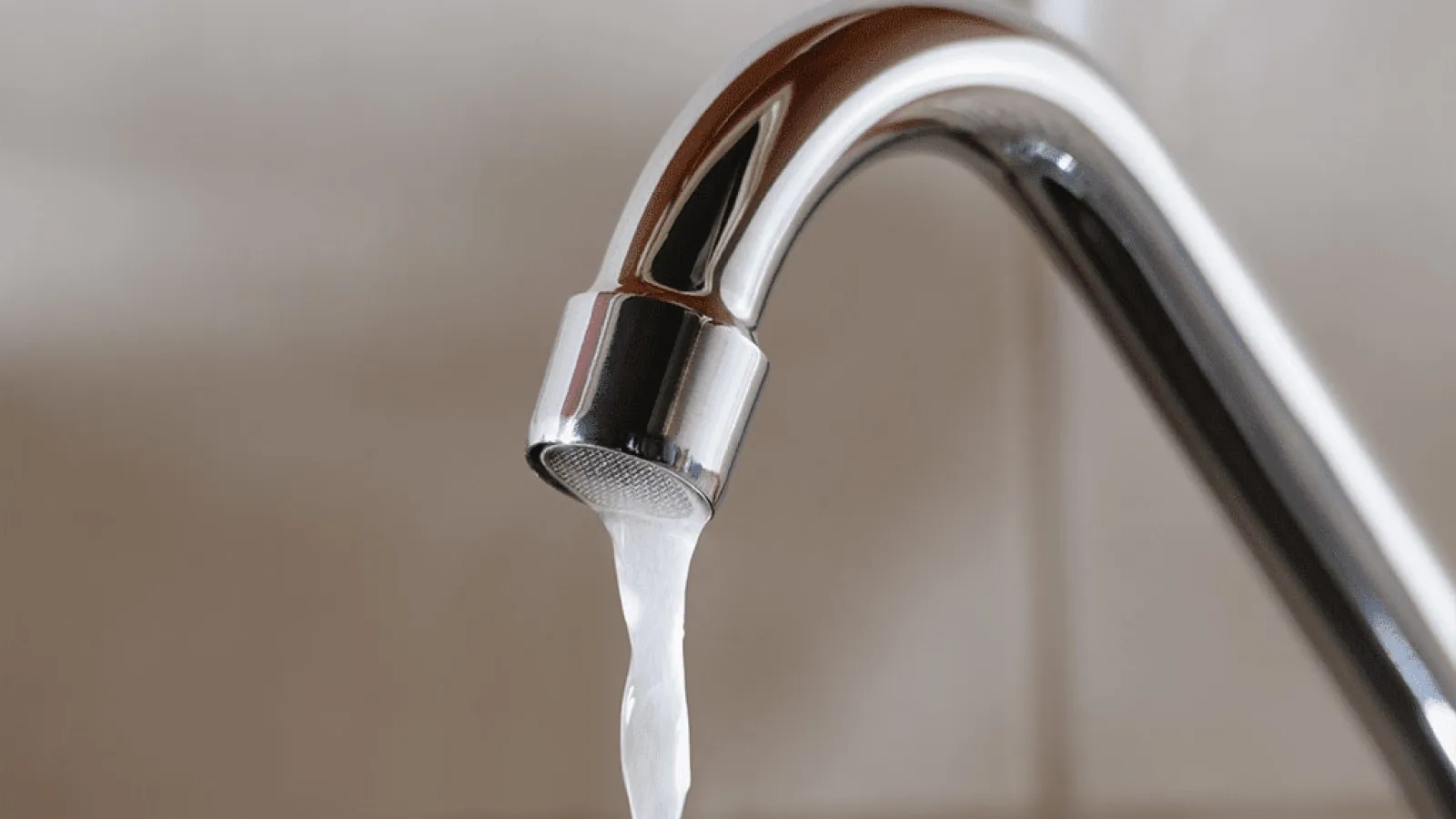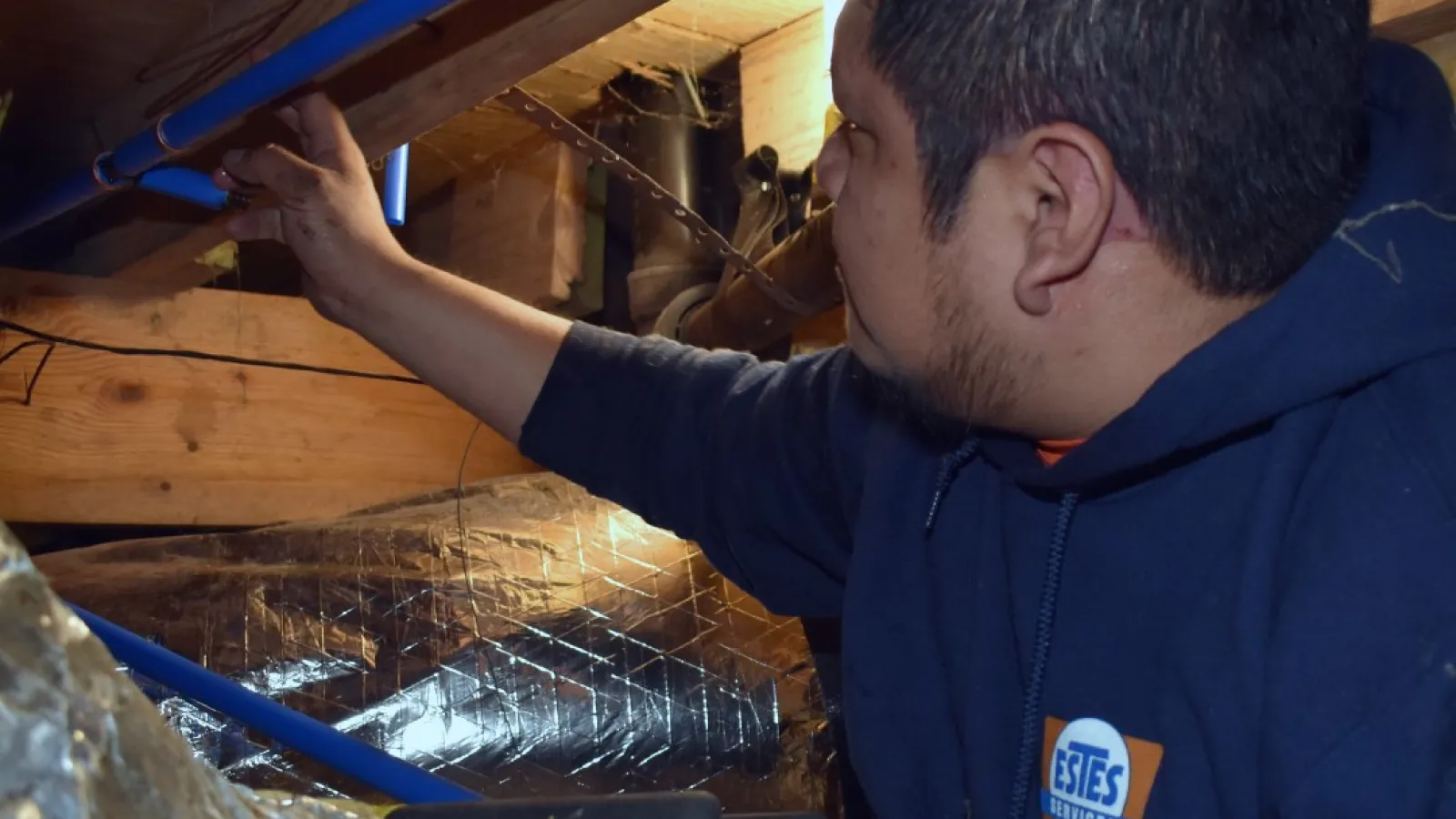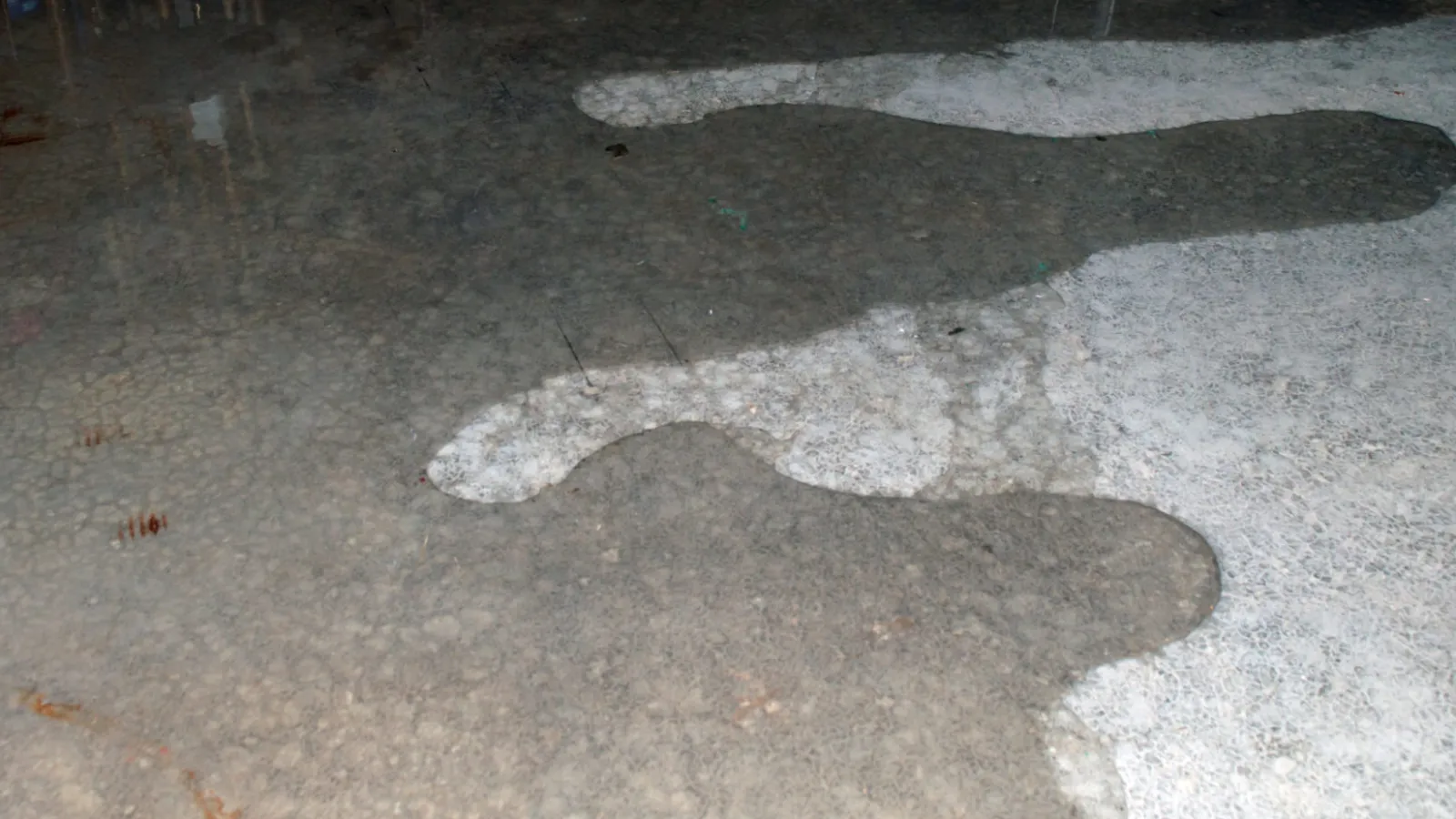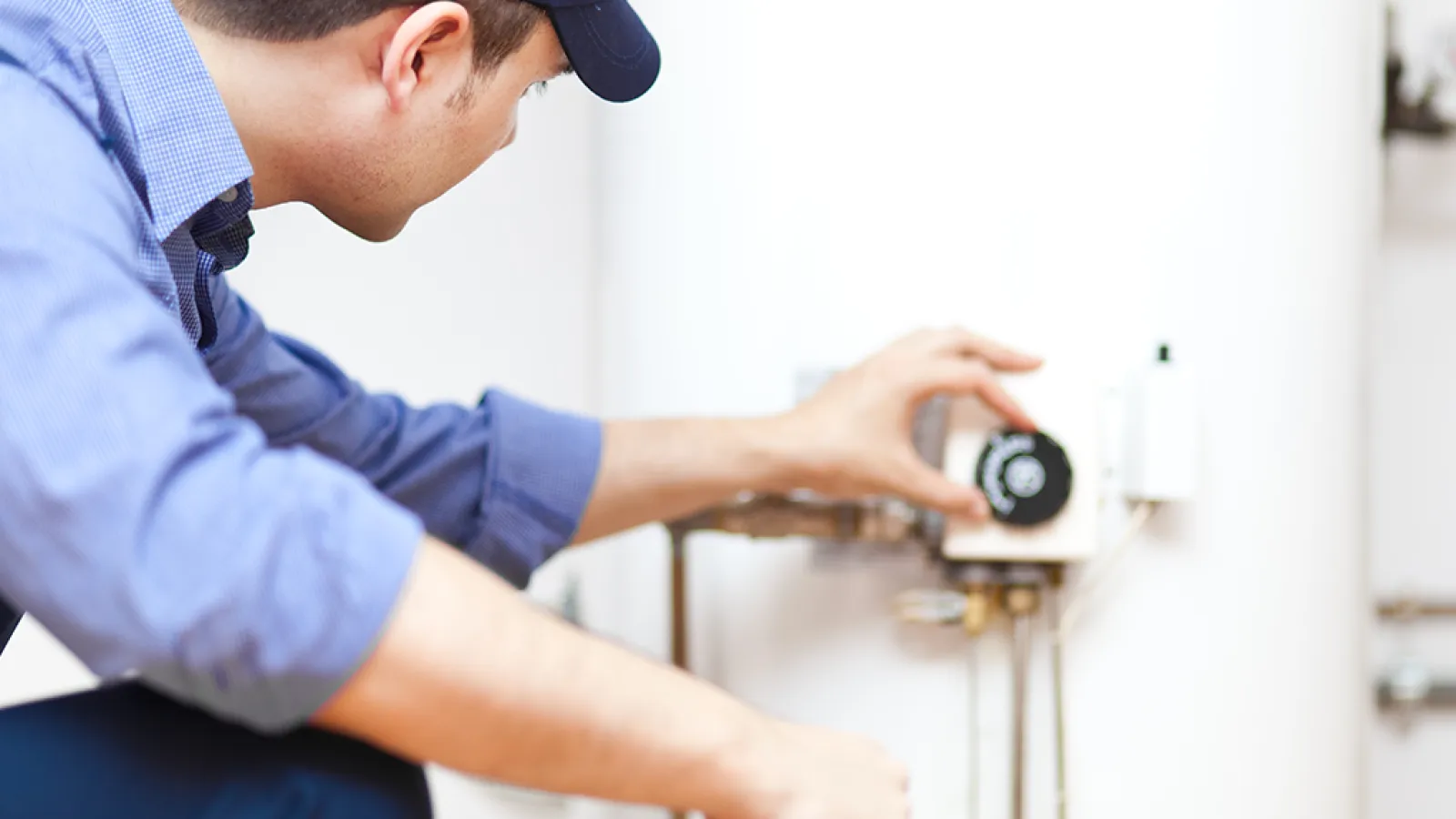How to Fix Low Water Pressure in Your Kitchen Faucet
Low water pressure in kitchen fixtures can be frustrating. You turn on the faucet to rinse dishes, and only a trickle comes out. Fortunately, many causes are easily fixable at home. Here's how to troubleshoot common kitchen water pressure issues and when to call the plumbing experts at Estes Services.
Common Reasons for Low Kitchen Water Pressure
Several plumbing issues can cause low water pressure in your kitchen sink. Below are the most common culprits:
1. Broken Water Lines
If every faucet in your home has low pressure, a broken municipal supply line may be the cause. Check with your neighbors to see if they're experiencing the same issue, and then contact your local water provider.
2. Aerator Clogs
The faucet aerator, a small mesh screen at the spout, can trap debris and minerals over time. This buildup restricts water flow and reduces pressure.
3. Cartridge Clogs
Many modern faucets use a cartridge to regulate water flow. If the cartridge becomes clogged with scale or sediment, it may need cleaning or replacement.
4. Leaks
Leaks in pipes under the sink or within your plumbing system can lower pressure and cause damage. If you see water pooling or dripping, call Estes Plumbing Services for immediate repair.
5. Shut-off Valve Issues
Each sink has a shut-off valve underneath. If it's partially closed or faulty, it can restrict water flow to your faucet.
How to Find the Source of Low Water Pressure
Identifying the cause is the first step to solving the issue. Here's a quick checklist:
- Turn on each faucet one at a time. If only the kitchen faucet has low pressure, the problem is isolated.
- Test both hot and cold water. If both are weak, the main supply may be the culprit. If only hot water is affected, your water heater could be the issue.
- Ask neighbors if they're experiencing similar problems—it could be a municipal line issue.
- Inspect under the sink for leaks or standing water.
If you can't pinpoint the issue, it's best to call a licensed Plumber Estes near me to prevent further damage.
DIY Fixes for Kitchen Water Pressure Problems
If you're comfortable troubleshooting, try these quick fixes before scheduling a service call.
Check and Clean the Aerator
- Unscrew the aerator with pliers and a towel to avoid scratches.
- Inspect for debris or mineral buildup.
- Run water without the aerator—if pressure improves, that's your issue.
- Soak the aerator in vinegar overnight, scrub with a toothbrush, rinse, and reinstall.
Clean or Replace the Faucet Cartridge
- Turn off the water supply and open the faucet to release pressure.
- Remove the handle and housing with a screwdriver or Allen wrench.
- Take out the cartridge and clean it with vinegar—or replace it at a hardware store.
When upgrading, look for EPA WaterSense-certified faucets to save water and reduce utility costs. For expert faucet installation in Atlanta, contact Estes Plumbing Services.
When to Call Estes Plumbing Services
If DIY methods don't solve the problem—or you'd rather leave it to professionals—Estes Services has you covered. Our experienced plumbers provide quick, reliable solutions for any water pressure issue.
We offer a full range of plumbing and HVAC services, including:
- Tank and tankless water heater repair and installation
- Leak detection and repair
- Water filtration system installation
- Toilet and fixture repair
- Drain and sewer cleaning
- Clogged sink repair
When unexpected issues arise, our Emergency Services are available to restore your home quickly.
Whether you need a plumber or are searching for top-rated AC companies or a seasonal furnace tune-up, Estes Heating and Air Conditioning Inc. is your trusted local partner for HVAC and plumbing needs in Atlanta.




